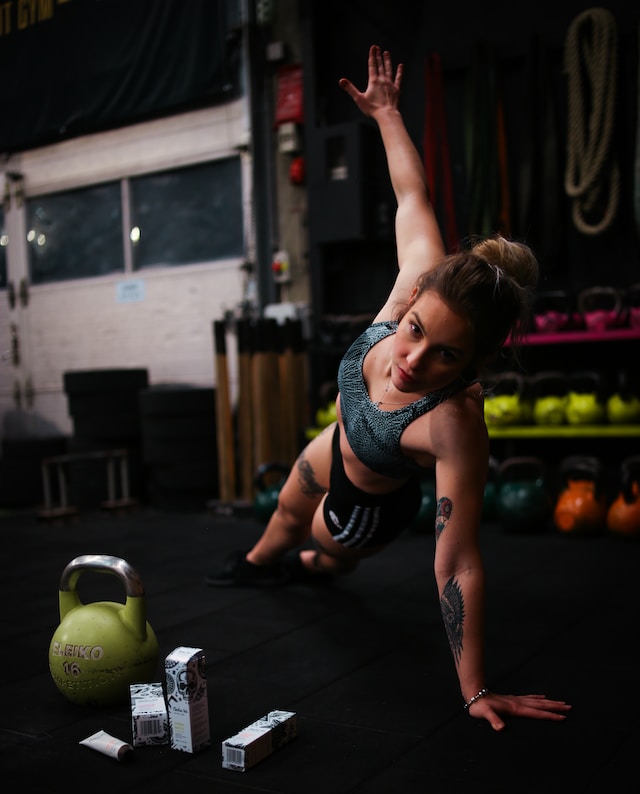Introduction:
Squatting is more than just a leg exercise—it’s a foundational movement that builds strength, stability, and power throughout your entire body. Whether you’re a fitness enthusiast or just starting your journey towards a healthier lifestyle, learning how to squat with proper form and technique is crucial for maximizing your gains and preventing injuries. In this comprehensive guide, we will walk you through the essential steps to help you master the art of squatting like a pro.
- Understand the Anatomy of a Squat:
Before diving into the mechanics of squatting, it’s important to understand the basic anatomy of the exercise. A squat primarily targets the quadriceps, hamstrings, glutes, and core muscles. It also engages secondary muscles such as the calves, lower back, and upper back. By working multiple muscle groups simultaneously, squats offer tremendous benefits for strength, mobility, and overall functional fitness.
- Master Your Form:
Proper form is the foundation of successful squatting. Start by standing with your feet shoulder-width apart, toes slightly turned out. Brace your core, keeping your chest lifted, and initiate the movement by pushing your hips back and bending your knees. Aim to lower your body until your thighs are parallel to the ground, or as close as your mobility allows, while maintaining a neutral spine. Drive through your heels to rise back up to the starting position.
- Engage Your Core:
Engaging your core is essential for stability and balance during squats. As you descend, actively contract your abdominal muscles by pulling your navel toward your spine. This not only protects your lower back but also ensures proper alignment throughout the movement.
- Breath Control:
Breathing technique is often overlooked but plays a vital role in squatting effectively. Take a deep breath before descending into the squat and exhale forcefully as you drive up. This breathing pattern helps stabilize your core and provides extra power during the ascent. Remember to breathe consistently and avoid breath-holding, which can lead to tension and compromised form.
- Find Your Foot Placement:
Foot placement varies among individuals, so it’s essential to find what works best for you. Experiment with different positions—some people prefer a slightly wider stance, while others find success with a narrower stance. Aim to distribute your weight evenly throughout your entire foot, with a slight emphasis on the heels. This promotes proper balance and helps prevent undue stress on the knees.
- Gradual Progression:
Squatting is a progressive exercise. Start with bodyweight squats to master the movement pattern, and gradually introduce additional resistance as your strength and confidence grow. Resistance can be added through barbells, dumbbells, kettlebells, or resistance bands. Remember, slow and steady progress is key to long-term success and injury prevention.
- Seek Professional Guidance:
If you’re new to squatting or have concerns about your technique, consider seeking guidance from a qualified fitness professional or strength coach. They can assess your form, provide personalized recommendations, and ensure that you’re executing the exercise safely and efficiently.
Conclusion:
Squatting is a fundamental exercise that can transform your strength and overall fitness level. By following the tips and guidelines presented in this ultimate beginner’s guide, you’ll be well on your way to squatting like a pro. Remember, consistency, patience, and attention to form are crucial to mastering this exercise. So, lace up your training shoes, embrace the challenge, and unlock your strength potential through the power of the squat.










